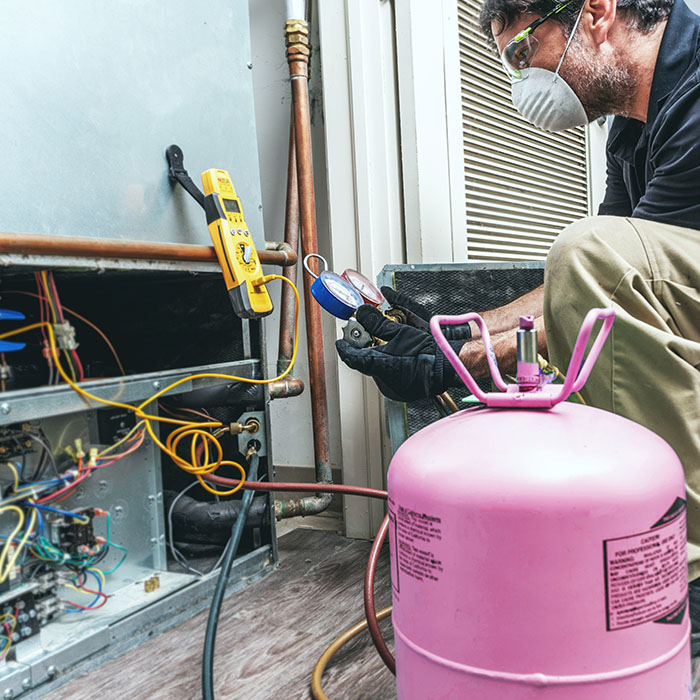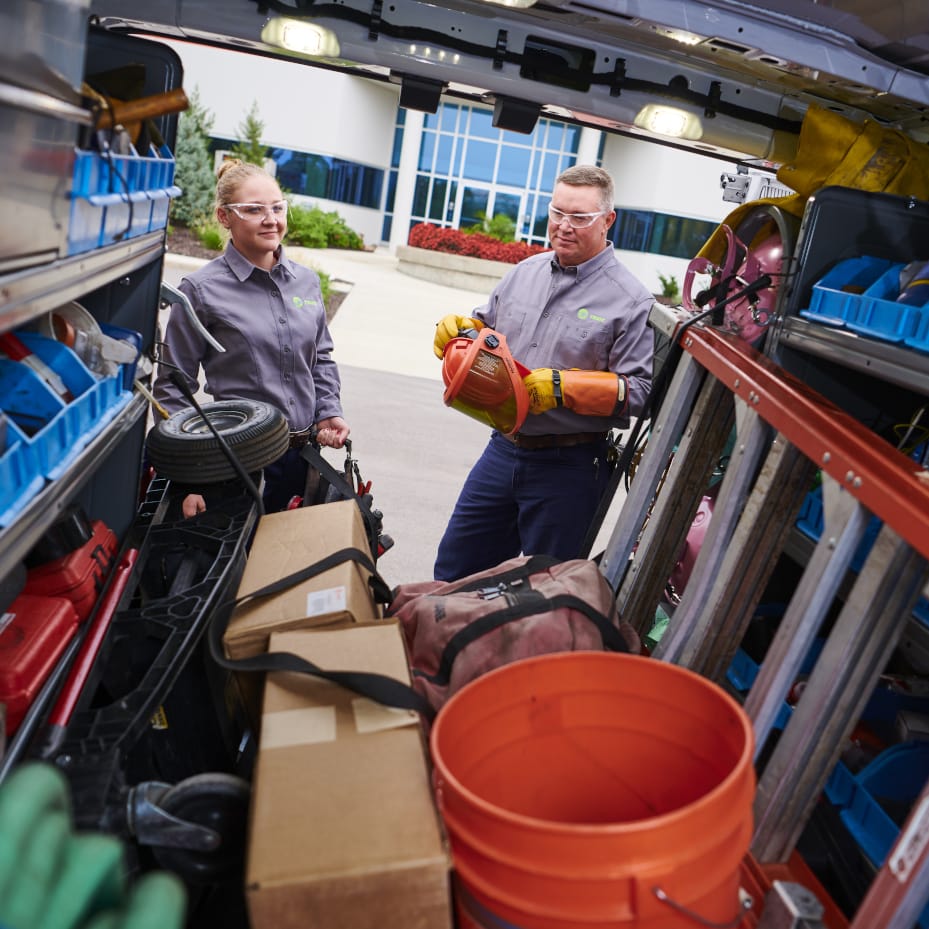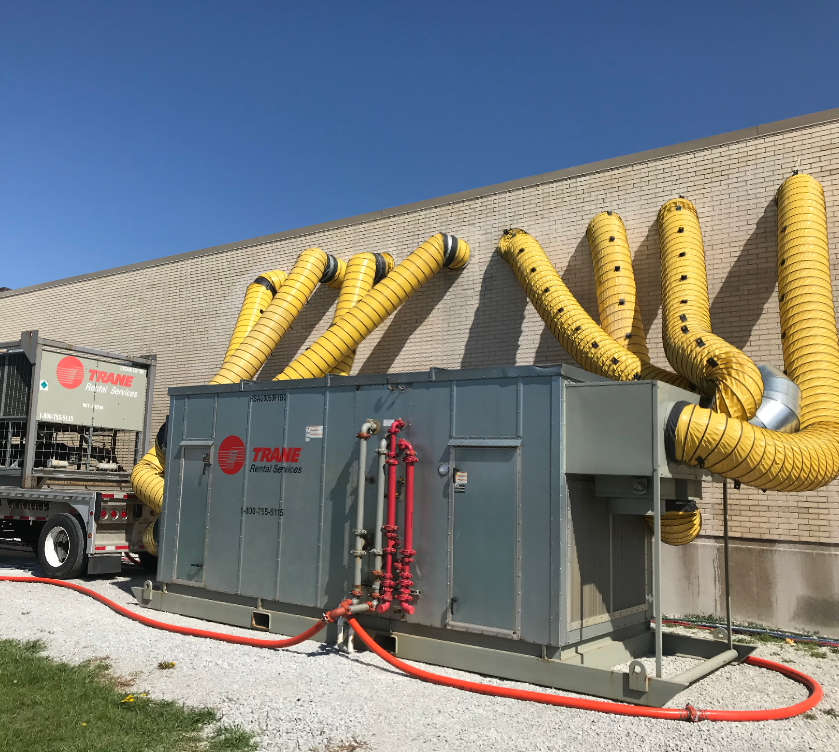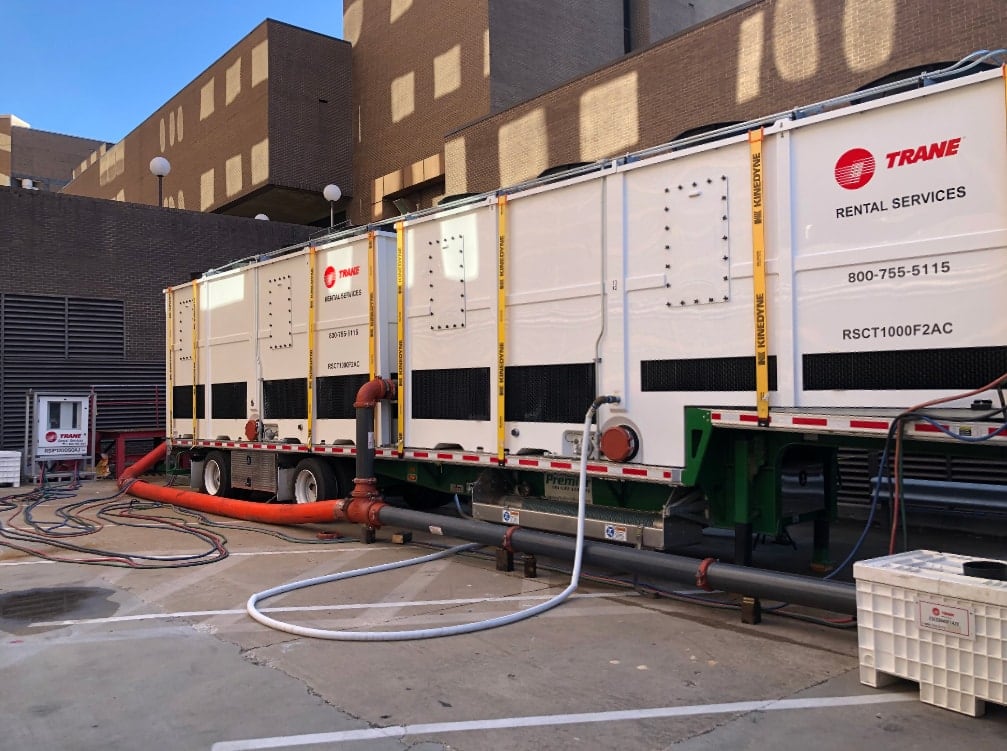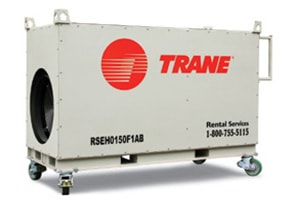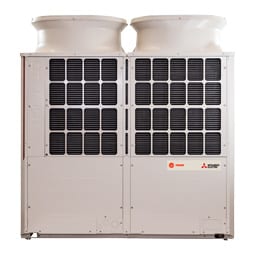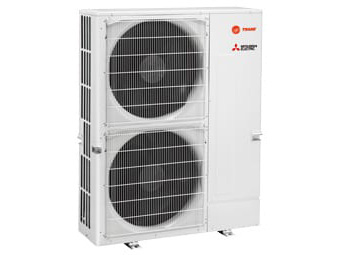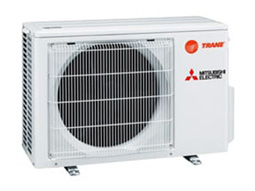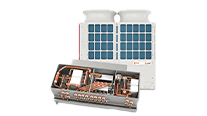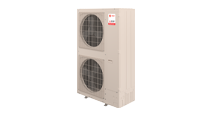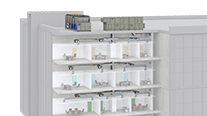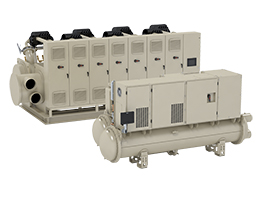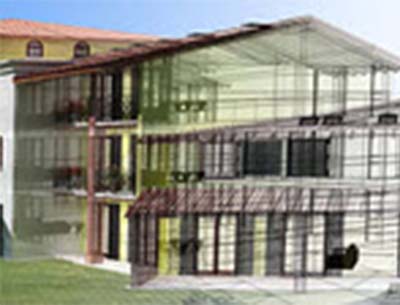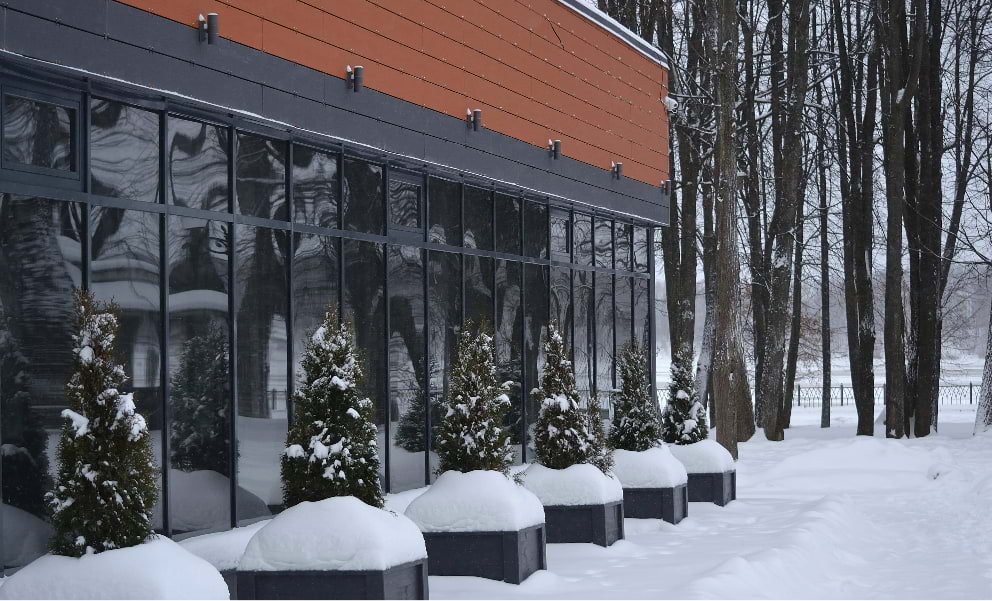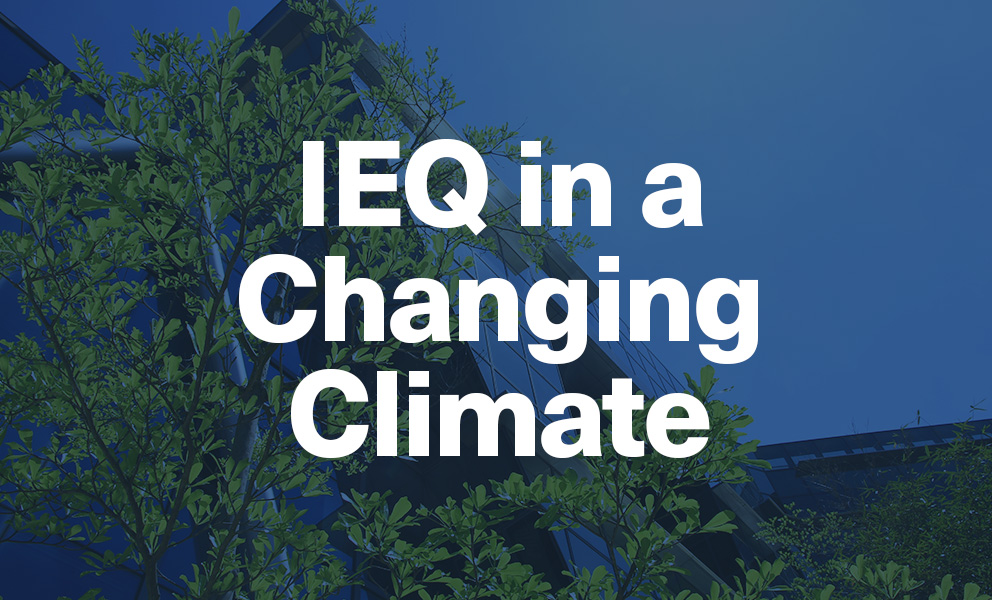How to Absorb a New Standard: ASHRAE® 241 and More
On December 7, 2022, the American Society of Heating, Refrigerating and Air-Conditioning Engineers (ASHRAE) announced its intent to expedite the development of the nation’s first indoor air quality standard for mitigating the effects of airborne diseases of any scale, ranging from seasonal needs to localized outbreaks, and global pandemics. In June 2023, ASHRAE released ASHRAE Standard 241, Control of Infectious Aerosols, to provide comprehensive guidance on ventilation and IAQ requirements to reduce the risk of disease transmission, creating optimized indoor environments.
ASHRAE’s committees play a crucial role in developing procedures, shaping standards and directing the society’s activities. Committees are comprised of volunteers who are experts and professionals in various aspects of the heating, ventilation, air conditioning and refrigeration (HVAC&R) industry and beyond.
We recently connected with two members of the committee that developed ASHRAE 241 to discuss their expertise and why it is so important.
Q: What is ASHRAE 241 and why is it groundbreaking?
A: ASHRAE 241 is all about helping to reduce the risk of infection during IRMM, or Infection Risk Management Mode. That is, reducing the risk of disease that’s posed by infectious aerosols. IRMM occurs when authorities determine there is enough risk to need to do more to help reduce disease spread. ASHRAE 241 was created to help building owners help reduce occupant exposure to pathogens like SARS-COV-2.
The big thing Standard 241 does is establish what’s called “equivalent clean air” ((ECA) defined in 3.2 section 5) which is required for different kinds of buildings and indoor environments. It establishes a minimum amount of clean air that a building owner can meet by, for instance, introducing outside air that will dilute any infectious aerosols, removing the aerosols through filtering, or using other types of technology to inactivate them.
What makes the concept, and, thus, the standard, revolutionary is that it lets the owner choose how to create the best solution for their own unique circumstances. Not every situation is the same. The cost of air conditioning, for example, might make it prohibitive for one owner to bring in outside air via ventilation. The outside air, depending on where the building is located, may be of poor quality. So, bringing in extra outdoor air may be difficult. The standard gives owners latitude on how they meet the clean air requirements.
ASHRAE 241 covers everything from air system design to installation, operation, and maintenance. It sets the standard to reduce the risk from infectious aerosols, both economic and personal, and to a degree that’s never been achieved before.
Another important thing about ASHRAE 241 is the requirements it provides for evaluating different air cleaners since they can present safety issues of their own. Some air cleaners can produce harmful byproducts. So, 241 lays out requirements for assessing, operating, and maintaining systems that control infection risk.
Q: Are new ASHRAE standards like laws for the industry? Are they mandatory?
The vision for 241 is that it will become a part of a larger, more broad-based effort to improve IAQ. For example, the standard could be used by large government agencies to manage their buildings. That appears to be happening now in New York City, where some very important new IAQ standards are being considered.
ASHRAE’s test and implementation standards can have a big effect on the industry. Standards like 52.2 (MERV), 145.2, and 185.1 all contain requirements for testing air cleaners, for example. There are others that provide test requirements for HVAC equipment. Standards like 62.1 and 170 guide building owners in setting up buildings and using equipment.
Standard 241 is like its predecessors in that it requires that buildings operate with enough airflow, air cleaning, and requires that there be regular inspections to make sure the building is adhering to those standards.
So, while ASHRAE 241 isn’t law, per se, the recommendations are best practice for operation during pandemics. What we hope is to ensure that people working in the industry have access to the kinds of quality practices that result in quality products. It’s those top-quality products that ultimately provide the best indoor air quality (IAQ) for building occupants.
Q: Now that this new standard has been released, where can I go to find out more about it, and how it might apply to me?
A: Well one great way is to become an ASHRAE member! We share a lot of very useful information through our website and newsletters, about standards and other issues that matter to the industry. These sources contain information about conferences, other leading publications, and resources that keep members in-the-know, like technical publications and other leading resources. You can also buy the standard from ASHRAE or read the free-to-preview version at Read-Only Versions of ASHRAE Standards
Q: What was it like to be on the ASHRAE 241 Committee?
A: The ASHRAE 241 committee was diligent, recognizing the significance, and that the world was watching us. ASHRAE standards can take years of development, but due to the circumstances, we were urged by the White House to expedite the development of the new standard.
The standard moved from approval to development and into final approval — including public review —in six months. The development period, the period from the first meeting of the project committee to completion, was only four months. No other standard has come close to a timeline like this.
Thousands of hours of time, put in by a small army of volunteers and staff, were devoted to the writing of the standard. It was a great example of how rapidly ASHRAE can respond to this kind of societal need. And of course, the 241 committee is continuing to work on improving the standard in various ways, clarifying and adding requirements, and adding new tools. But we are definitely proud of it. It’s a very high-quality standard, and it was a privilege to be a part of that process.
Q: What should we expect moving forward?
A: Well, the topic of air quality certainly isn’t going away and is still at the forefront of people’s minds in the post-pandemic world. Building owners and occupants will continue to make IAQ a priority, so it will be a critical topic from here on out, certainly a major factor when it comes to standards development. I’d say we can all expect more standards that are rooted in IAQ with a special emphasis on how to establish and maintain safe and healthy building environments.
Due to the changing nature of this market and our reliance on information provided by outside sources, Trane makes no warranty or guarantee concerning accuracy or completeness of the content.




